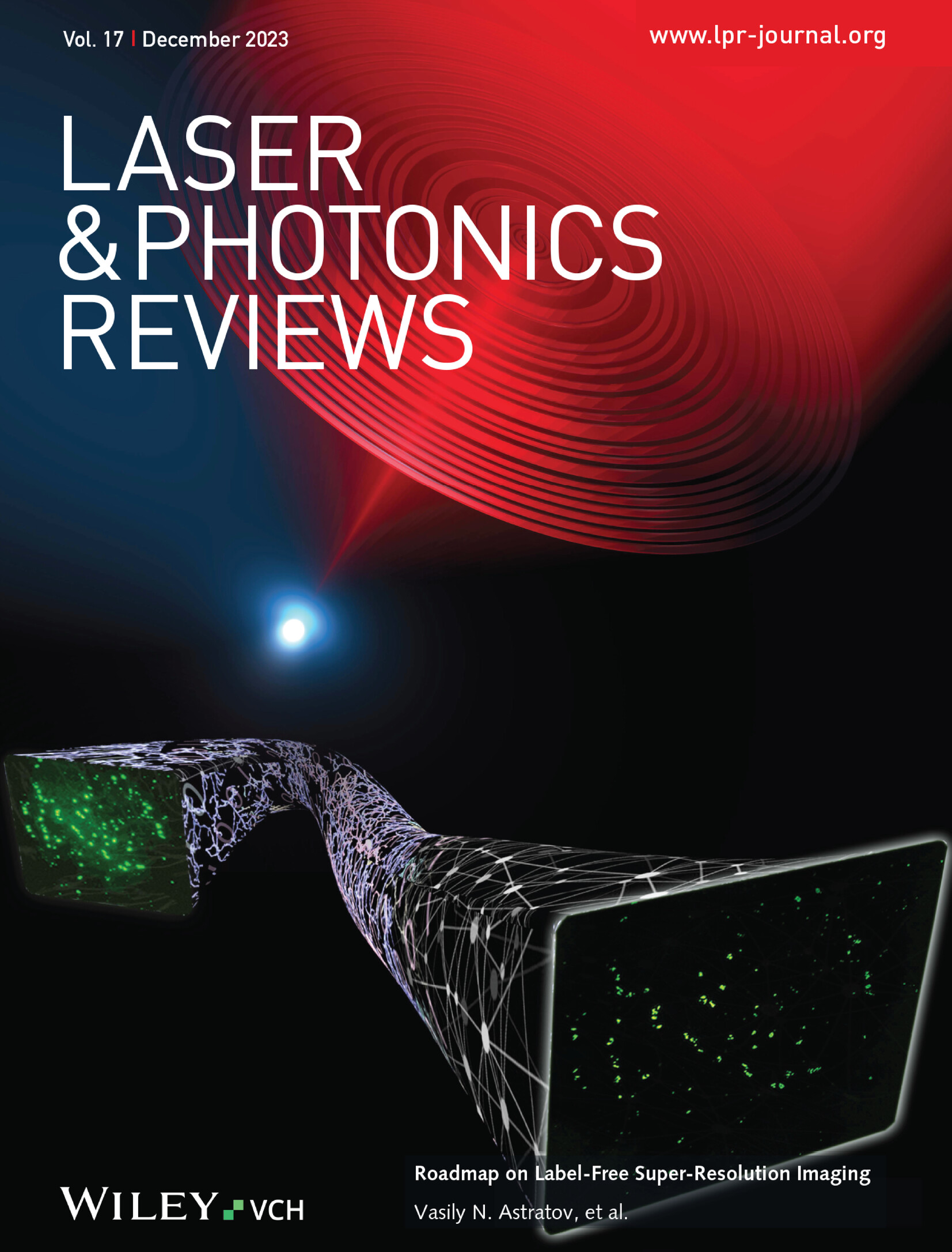Ultra‐Flat Broadband Low‐Noise Frequency Comb in a Fiber Fabry‐Perot Resonator
IF 9.8
1区 物理与天体物理
Q1 OPTICS
引用次数: 0
Abstract
A low‐noise microcomb with a flat and broadband spectrum is highly desired for various applications, including spectroscopy, sensing, and communications. However, both dissipative Kerr solitons (DKSs) and platicons have limitations in spectrum flatness due to their sech‐shaped profile or peaks of dispersive waves. In this study, an ultra‐flat and broadband microcomb are presented in a fiber Fabry‐Perot (F‐P) resonator. By optimizing the group velocity dispersion (GVD) and third‐order dispersion (TOD), an ultra‐flat low‐noise comb spectrum is obtained with a −1 dB bandwidth of up to 58 nm and a −30 dB bandwidth of 190 nm. Additionally, a method to control the contribution of the stimulated Raman scattering (SRS) effect by adjusting the desynchronization frequency to meet the phase‐matching condition is proposed. With the contribution from SRS, the −30 dB bandwidth is further extended to 230 nm with more than 7700 comb lines. Furthermore, a detailed investigation is conducted on the interaction among GVD, TOD, SRS, and Kerr nonlinearity, revealing the generation mechanism of such an ultra‐flat broadband comb spectrum. The work will provide valuable insights for the advancement of dispersion‐engineered resonators and further stimulate the study of the effects of SRS in fiber and integrated resonators are anticipated.

求助全文
约1分钟内获得全文
求助全文
来源期刊
CiteScore
14.20
自引率
5.50%
发文量
314
审稿时长
2 months
期刊介绍:
Laser & Photonics Reviews is a reputable journal that publishes high-quality Reviews, original Research Articles, and Perspectives in the field of photonics and optics. It covers both theoretical and experimental aspects, including recent groundbreaking research, specific advancements, and innovative applications.
As evidence of its impact and recognition, Laser & Photonics Reviews boasts a remarkable 2022 Impact Factor of 11.0, according to the Journal Citation Reports from Clarivate Analytics (2023). Moreover, it holds impressive rankings in the InCites Journal Citation Reports: in 2021, it was ranked 6th out of 101 in the field of Optics, 15th out of 161 in Applied Physics, and 12th out of 69 in Condensed Matter Physics.
The journal uses the ISSN numbers 1863-8880 for print and 1863-8899 for online publications.

 求助内容:
求助内容: 应助结果提醒方式:
应助结果提醒方式:


